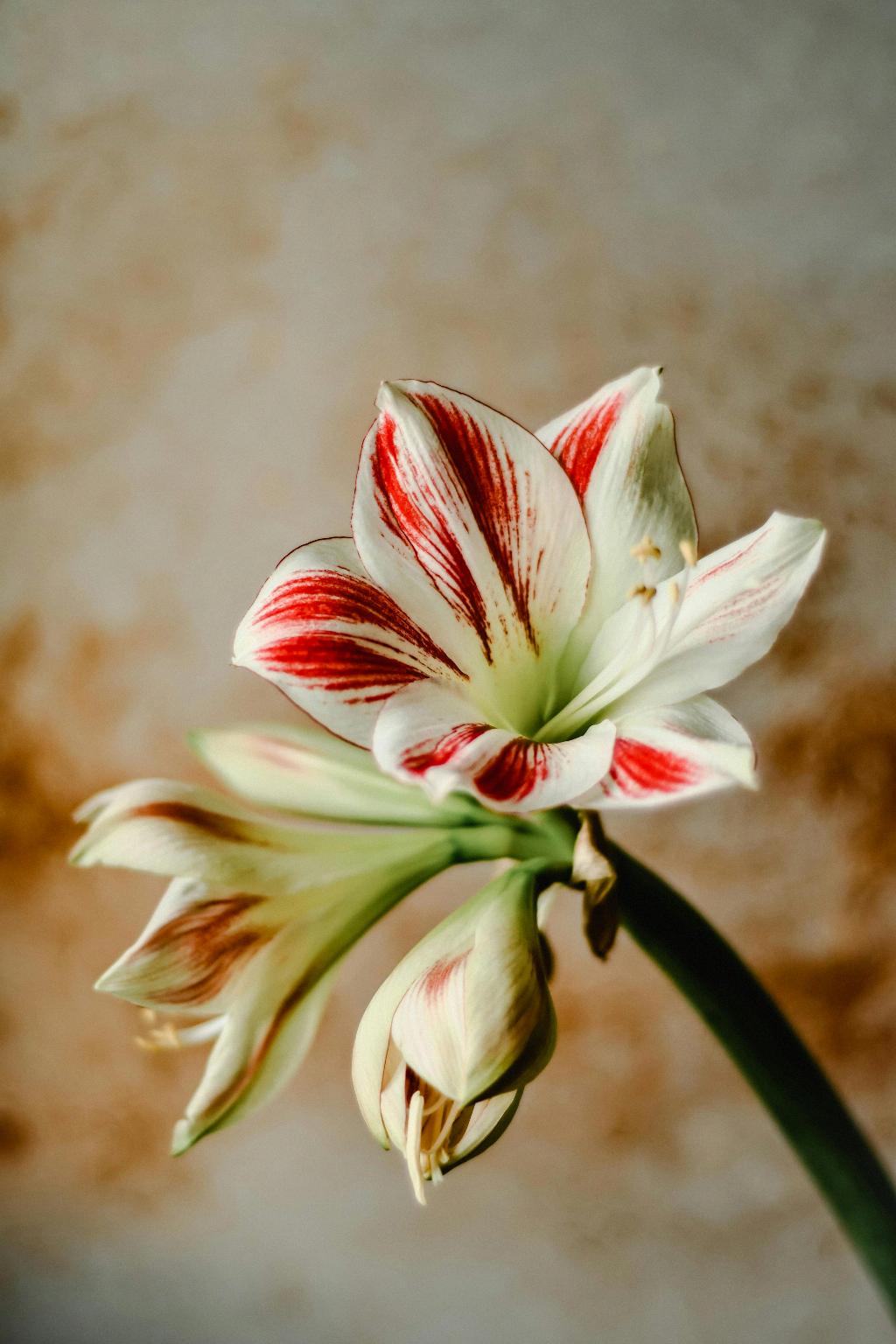When we delve into the symbolic meaning behind the beautiful lily flower, we uncover a rich tapestry of representation that has endured across various cultures and belief systems. The name “lily” itself traces its origins back to the Latin word “lilium,” denoting a sense of elegance and grace associated with this revered floral species.
At the core of the lily’s symbolism lies a profound association with purity, innocence, and rebirth. In religious contexts, particularly in Christian iconography, the lily frequently serves as a poignant symbol representing the Virgin Mary’s immaculate and virtuous nature. Moreover, lilies are prominently featured in depictions of the Resurrection of Christ, embodying the concept of renewal and spiritual transformation.
Beyond its religious connotations, lilies also carry symbolic weight in terms of femininity and fertility. The delicate petals and vibrant hues of the flower evoke notions of femininity, highlighting qualities such as grace, beauty, and nurturing. In various cultures, lilies have been closely linked to themes of motherhood, childbirth, and the creative power of women.
Embracing the lily as a symbol can evoke a sense of purity and refinement, inviting individuals to connect with their inner essence and strive for spiritual growth. The ethereal beauty of the flower serves as a reminder of the importance of maintaining a pure heart and mind in the face of adversity, symbolizing the potential for personal transformation and renewal.
Furthermore, lilies are often associated with the idea of renewal and rejuvenation, signifying the cyclical nature of life and the potential for new beginnings. In times of transition or change, the lily can serve as a reassuring presence, offering hope and optimism for the future while encouraging individuals to embrace growth and transformation.
In the language of flowers, lilies convey messages of deep emotional significance, representing sentiments of love, devotion, and admiration. Whether gifted as a token of affection or used to convey condolences in times of loss, lilies hold a timeless appeal that transcends cultural boundaries and speaks to the universal themes of love and remembrance.
From a historical perspective, lilies have been revered for their beauty and symbolism for centuries, with ancient civilizations attributing mystical and healing properties to these majestic flowers. The enduring popularity of lilies in art, literature, and folklore underscores their enduring significance as a symbol of life, love, and transcendence.
As we contemplate the profound meanings associated with the lily, we are reminded of the intrinsic connection between nature and human experience. The lily’s symbolic resonance serves as a bridge between the physical and the spiritual realms, inviting us to reflect on our own journey of growth, transformation, and self-discovery.
Overall, the lily stands as a powerful emblem of purity, rebirth, and femininity, encapsulating a myriad of meanings that resonate deeply with the human psyche. Whether admired for their aesthetic beauty or revered for their symbolic significance, lilies continue to enchant and inspire us, beckoning us to embrace the timeless wisdom they embody.

